This interactive map, produced by University of Georgia historian Claudio Saunt to accompany his new book West of the Revolution: An Uncommon History of 1776, offers a time-lapse vision of the transfer of Indian land between 1776 and 1887. As blue “Indian homelands” disappear, small red areas appear, indicating the establishment of reservations (above is a static image of the map; visit the map's page to play with its features).
Get Started for FREE
Sign up with Facebook Sign up with X
I don't have a Facebook or a X account
 Your new post is loading... Your new post is loading...
 Your new post is loading... Your new post is loading...

Mirta Liliana Filgueira's curator insight,
June 5, 2014 2:37 PM
La urbanización Y EVOLUCIÓN De Las Ciudades.

Al Picozzi's curator insight,
August 4, 2013 1:45 PM
Awesome way to show how the settlement of the US continues to move west with the population growing on the West Coast at a faster rate. If you look at the biggest jump between 1850 and 1860 it shows the mass immigration into the US and the further migration to the western part of the US especailly with the gold rush starting in 1849. Great littel piece of information.
Blake Welborn's curator insight,
November 11, 2013 10:33 PM
Informative, short podcast that details the changing migration of the US. This allows for the comparison of migration and time and the effects of migration over the years in the US.
Emily Bian's curator insight,
October 17, 2014 7:32 PM
The center of the U.S. population moves about every 10 years. In our APHUG textbook, it also talked about the center moving west. It also talks about the patterns and shifts of migration in the U.S going more west and south now, than before. I wonder if the trend will continue? It relates because we talked about this map in APHUG class, and it was in the textbook. The population trend is moving Southwest. This is interesting for next year's APHUG students, because they get to see a population trend right in the US! It's a good article to think about why population trends are the way it is. 2) migration |

Mirta Liliana Filgueira's curator insight,
June 5, 2014 2:37 PM
La urbanización Y EVOLUCIÓN De Las Ciudades.
Tori Denney's curator insight,
May 27, 2015 3:36 PM
World cities and megacities - Presently , the mega cities of the world have to have a population of at least 10,000. Many cities are very near the minimum to be considered a mega city, but are not quite there. By 2025, the developing world, as we understand it now, is estimated to be home to 29 megacities. |








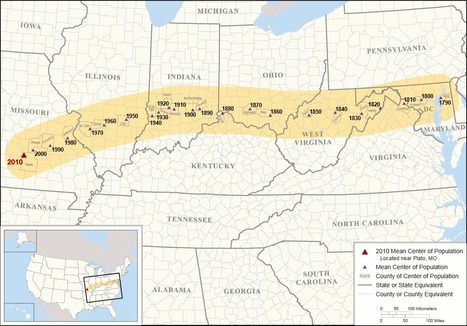
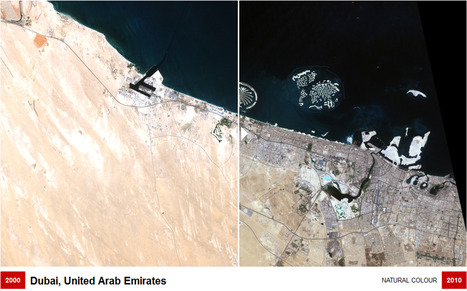
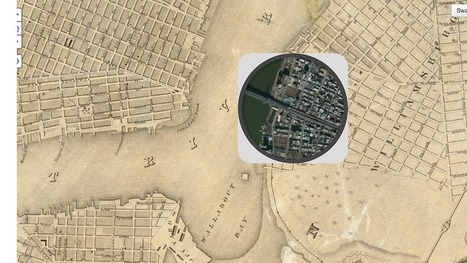


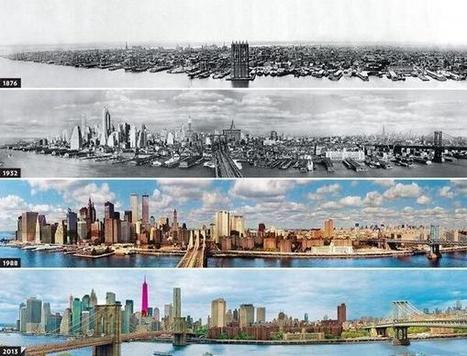
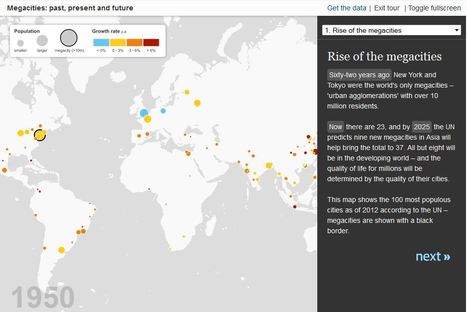





unit 1 Perception and bias of maps
This will likely resonate with 'first peoples' everywhere